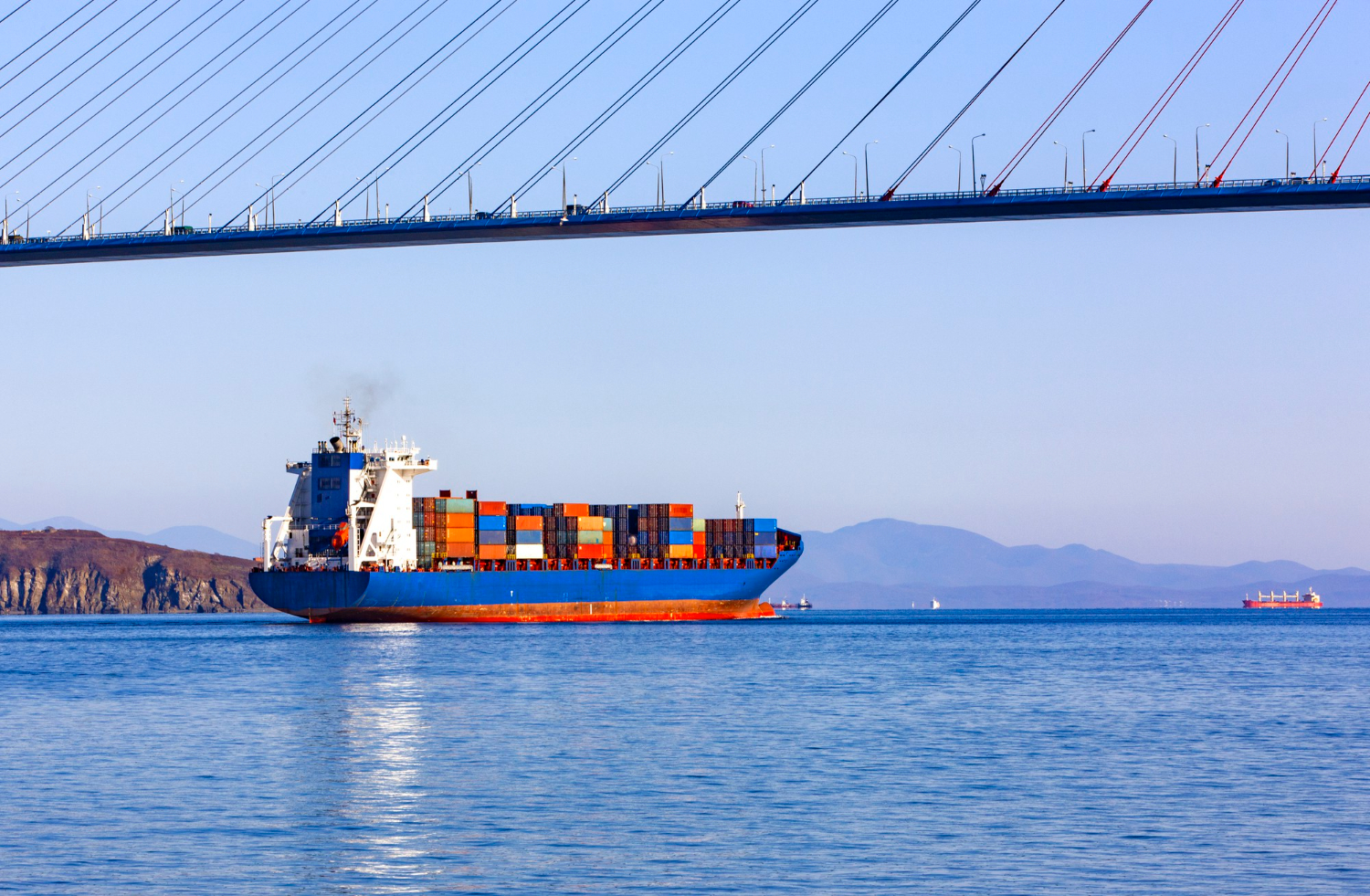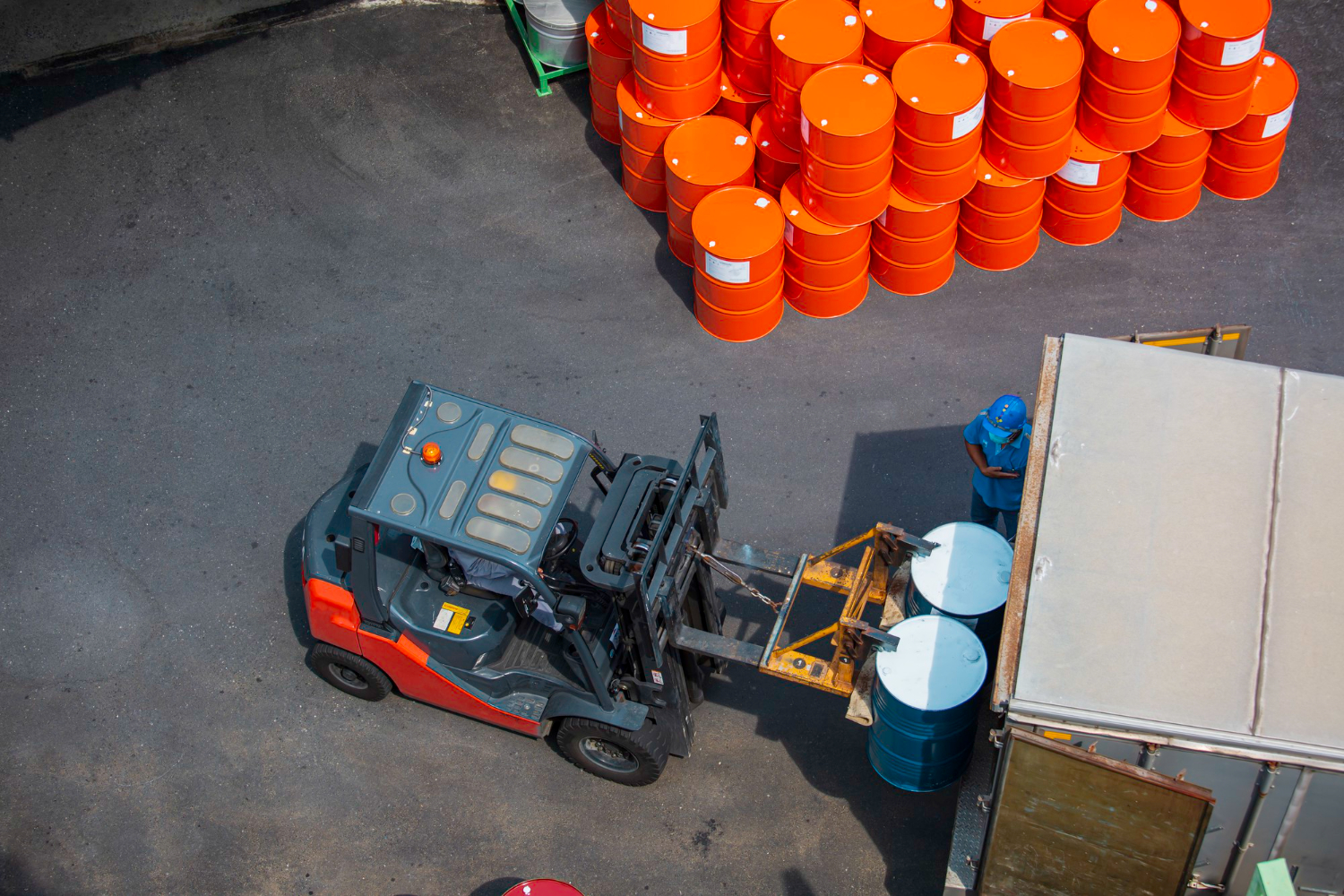
🎄 Festive Rush - Deliveries might take a bit longer. We appreciate your patience.
Festive Period 2025
Cut-Off Times
Australia’s trade is shifting, driven by evolving supply chains and emerging trade agreements. For importers, exporters, and logistics professionals, staying across these changes is vital to remain competitive.
This guide uses the latest data from the Australian Bureau of Statistics (ABS) and the Department of Foreign Affairs and Trade (DFAT) to outline the nation’s top 10 imports and exports by value. It provides practical insights to help businesses plan smarter, optimise freight strategies, and stay competitive in a fast-changing trade environment.
Australia’s trade profile shows a resource-rich economy that exports minerals and energy and imports vehicles, machinery, and advanced technology. Using the latest 2024–25 figures from the ABS and DFAT, the list below highlights the top imports and exports by value that shape the nation’s economy.
Top 3 Imports (by value):
Top 3 Exports (by value):
These figures give businesses a clear snapshot of trade priorities and opportunities in 2025, helping them plan trade and logistics strategies with greater confidence.
Recent ABS and DFAT data show that Australia continues to rely heavily on overseas suppliers for fuel, vehicles, machinery, and medical products. These high-value imports support core sectors like transport, infrastructure, healthcare, and technology.
Below is a ranked list of the country’s top 10 imports in 2025 by trade value, along with key trends shaping demand in each category.
Imported from: Singapore, South Korea, Japan
Imported mainly from Singapore, South Korea, and Japan, refined petroleum products remain Australia’s largest import by value. They are critical for transport, mining, and heavy industry, where alternatives to fossil fuels are still limited.
Although investment in renewable energy is increasing, demand for imported fuels continues to dominate logistics and industrial operations.
Imported from: Japan, Thailand, Germany
Imported mainly from Japan, Thailand, and Germany, motor vehicles and parts are vital for Australia’s transport and logistics sectors. Rising electric vehicle (EV) imports in 2025 are reshaping supply chains and creating greater demand for EV-ready components and servicing infrastructure.
Imported from: China, Germany, the United States
Australia imports machinery and mechanical appliances primarily from China, Germany, and the United States to support agriculture, logistics, and construction. Demand in 2025 is driven by automation, AI-powered equipment, and major infrastructure investments across the country.
Imported from: United States, Switzerland, Germany
Pharmaceutical products from the US, Switzerland, and Germany remain critical to Australia’s healthcare sector. Growing demand for biotech medicines, chronic disease treatments, and pandemic preparedness measures has strengthened reliance on international suppliers for timely deliveries.
Imported from: China, Japan, South Korea
Electrical machinery and equipment, imported mainly from China, Japan, and South Korea, power Australia’s energy networks, manufacturing plants, and consumer electronics. Demand in 2025 is growing with the rise of smart homes, renewable energy projects, and advanced industrial automation.

Imported from: China, the United States, and Vietnam
Computers and office electronics, sourced mainly from China, the United States, and Vietnam, are central to Australia’s digital economy. With hybrid work, e‑learning, and cloud systems expanding, businesses are increasing investment in IT hardware and connectivity tools.
Imported from: United States, Japan, Germany
Mining and construction machinery, from the US, Japan, and Germany, continues to play a crucial role in large-scale resource and infrastructure projects. Demand is rising in 2025 as Australia invests heavily in renewable energy facilities and transport upgrades.
Imported from: Germany, China, Sweden
Power automation products and electrical equipment are key to improving energy efficiency and automating production. The shift to smart factories and renewable energy projects in 2025 is fuelling steady growth in this category.
Imported from: China, South Korea, Malaysia
Audio‑visual electronics include televisions, speakers, and educational devices for homes, schools, and workplaces. Growth in remote learning, streaming, and digital collaboration is driving ongoing demand in 2025.
Imported from: United States, Germany, Netherlands
Medical and surgical equipment are essential for diagnostics, surgery, and patient care. Demand is increasing with Australia’s ageing population and ongoing healthcare investment, making timely, reliable supply chains critical.
Australia’s latest export goods remain heavily driven by natural resources and agricultural commodities, reflecting the country’s vast mineral wealth and productive farmland. Although diversification efforts are underway, global demand for resources still dominates Australia’s trade profile.
Resource-hungry economies like China, India, and Japan rely on coal, iron ore, gas, and food to power industrial growth and energy transitions. This makes Australia a key supplier of raw materials essential to global infrastructure, energy, and manufacturing growth.
Here are the top 10 exports by trade value in 2025:
Main Export Markets: China, Japan, South Korea
Iron ore remains Australia’s top export by value, driven by Asia’s demand for steel in construction, manufacturing, and infrastructure projects. Ongoing urbanisation and industrial growth across the region continue to sustain high export volumes.
Main Export Markets: India, Japan, South Korea
Coal and its other derivatives (like coke) remain key Australian exports, supplying power generation and steelmaking industries in Asia. Limited domestic reserves in these markets ensure ongoing demand despite the global shift toward renewable energy.
Main Export Markets: China, Japan, South Korea
Liquefied natural gas (LNG) exports are growing as Asian economies transition to cleaner energy sources. LNG is critical for power generation and industrial use, keeping Australia a leading global supplier.
Main Export Markets: Singapore, United Kingdom, China, India
Gold continues to be one of Australia’s most valuable exports, sought after for jewellery, investment, and reserve holdings. Its role as a safe‑haven asset ensures steady global demand.
Main Export Markets: Southeast Asia (notably Singapore, Malaysia, Indonesia)
Crude oil exports supply Southeast Asia’s refineries, where they are processed into fuels and petrochemicals. Regional energy demand and refining capacity keep Australia an important supplier.

Main Export Markets: China, United Arab Emirates, Bahrain, other industrial refining hubs
Alumina, the key input for aluminium, is exported for use in construction, automotive manufacturing, and packaging industries. Strong demand in China keeps this resource among Australia’s top exports.
Main Export Markets: Japan, South Korea, United States, China
Australia’s premium beef is prized for its quality and safety standards, making it a key export to Japan, South Korea, and the US. Rising demand for high‑quality protein continues to drive strong trade volumes.
Main Export Markets: Middle East, Southeast Asia, India
Australia’s wheat exports are essential to food security in many parts of Asia and the Middle East. Its consistent quality and large harvests make Australia a preferred supplier in the region.
Main Export Markets: South Korea, Philippines, Japan, China
Copper ore exports are rising with the global surge in electronics, renewables, and EV manufacturing. Australia remains a key supplier for Asia’s growing manufacturing and technology sectors. Asian smelters depend on a consistent ore supply to meet industrial and clean energy transition goals.
Main Export Markets: China, Japan, South Korea
Unwrought aluminium is a critical material for construction, transport, and manufacturing in Asia. Consistent demand from these industries keeps aluminium among Australia’s top exports.
At Couriers & Freight, we streamline international shipping for Australian businesses of all sizes, from startups to large enterprises.
Our platform connects you with trusted carriers like DHL, Maersk, and OOCL for air and sea freight, as well as door‑to‑door delivery. You can compare carrier rates, request instant quotes, and book shipments in one convenient platform.
We also handle customs clearance and international compliance to prevent delays, penalties, and paperwork issues.
From importing electronics to exporting goods across Asia, Couriers & Freight delivers fast, reliable solutions that give your business visibility and control. Get a free quote today and simplify your global shipping.
Australia’s top trading partners are China, Japan, the United States, South Korea, and India. These countries account for the majority of imports and exports, particularly in sectors such as natural resources, education, agriculture, and manufactured goods.
Trade data is classified using the Harmonised System (HS Code), developed by the World Customs Organisation. Each product is given a globally standardised code used for customs, tariffs, and trade reporting.
To ship from China, you’ll need to choose between air or sea freight, classify goods correctly under HS codes, and comply with Australian Border Force (ABF) regulations. This includes preparing documents like commercial invoices and packing lists.
Staying informed about Australia’s import and export landscape is key to making smarter logistics and trade decisions. This guide provides a clear snapshot of the nation’s top traded goods, backed by reliable ABS and DFAT data.
Couriers & Freight helps businesses take the next step by simplifying international shipping, from instant quotes to booking, customs clearance, and delivery.
Simplify your global trade journey. Get a free quote today and ship your goods across borders with speed and confidence.









MHP

No Surcharge*

$16.50

$14

$15.50
$0

$15.50

$14.75
$0
$0
$0
$0
MHP Large Item

No Surcharge*

$16.50

$75

$62

$62

$60.10

$14.75
$0
$0
$0
$0
Residential Pickup

No Surcharge*

$6
$0

$9
--

$9

$10.60
$0
$0
$0
$38.50
Reidential pick up 30-99kgs

No Surcharge*

$63
$0

$9
$0

$9

$74.15

$20
Won't carry
Won't carry

$38.50
Residential pick up 100kgs+

No Surcharge*

$198
$0

$9
$0

$9

$158.87

$50
Won't carry
Won't carry

$38.50
Residential Delivery up to 29kgs

No Surcharge*

$6
$0

$9
--

$9.00

$10.60
$0
$0
$0

$38.50
Residential Delivery up 30-99kgs

No Surcharge*

$63
$0

$9
$0

$9

$74.15

$20
Won't carry
Won't carry

$38.50
Residential Delivery 100kgs+

No Surcharge*

$198
$0

$9
--

$9

$158.57

$50
Won't carry
Won't carry

$38.50
Tail Lift Pick up 50-99kgs Sydney / Melbourne

No Surcharge*

$45

$50-$250

$88

$88

$88

$44.07

$120
Won't carry
Won't carry

$61.50
Tail Lift Pick up 100-299kgs Sydney / Melbourne

No Surcharge*

$85

$50-$250

$88

$88

$88

$44.07

$120
Won't carry
Won't carry

$61.50
Tail Lift Pick up 300-499kgs Sydney / Melbourne

No Surcharge*

$120

$50-$250

$88

$88

$88

$44.07

$120
Won't carry
Won't carry

$61.50
Tail Lift Pick up 500kgs + Sydney / Melbourne

No Surcharge*

$250

$50-$250

$88

$88

$88

$44.07

$120
Won't carry
Won't carry

$61.50
Tail Lift Delivery 50-99kgs Sydney / Melbourne

No Surcharge*

$45

$50-$250

$88

$88

$88

$44.07

$120
Won't carry
Won't carry

$61.50
Tail Lift Delivery 100-299kgs Sydney / Melbourne

No Surcharge*

$85

$50-$250

$88

$88

$88

$44.07

$120
Won't carry
Won't carry

$61.50
Tail Lift Delivery300-499kgs Sydney / Melbourne

No Surcharge*

$120

$50-$250

$88

$88

$88

$44.07

$120
Won't carry
Won't carry

$61.50
Tail Lift Delivery 500kgs + Sydney / Melbourne

No Surcharge*

$250

$50-$250

$88

$88

$88

$44.07

$120
Won't carry
Won't carry

$61.50
Dead weight over 32KGS carton freight

No Surcharge*

$16.50

$75

$70

$70

$70

$14.75
$0
Won't carry
Won't carry
$0
Oversize Surcharge 1.20 - 1.54

No Surcharge*
--
$0
$0
$0
$0

$5.40

$10

$15
Won't carry
$0
Oversize Surcharge 1.55 - 1.85

No Surcharge*

$17

$20
$0
$0
$0

$11.93

$10

$15
Won't carry
$0
Oversize Surcharge 1.86 - 2.20

No Surcharge*

$37

$40
$0
$0
$0

$11.93

$10
Won't carry
Won't carry
$0
Pallet Surcharge

No Surcharge*
--
$0
$0
$0
$0
$0
$0
Won't carry
Won't carry
$0
Hand Unload Fee Carton

No Surcharge*
--
$0

$70

$70

$70

$47
$0
Won't carry
Won't carry

$61.50
Western Australia Regional Surcharge

No Surcharge*

%10
$0
$0
$0
$0
$0
$0
$0
$0
$0
*Surcharges may apply to areas/deimensions not listed
**Prices correct of 16th September 2024
Click to start shipping in less than 60 seconds